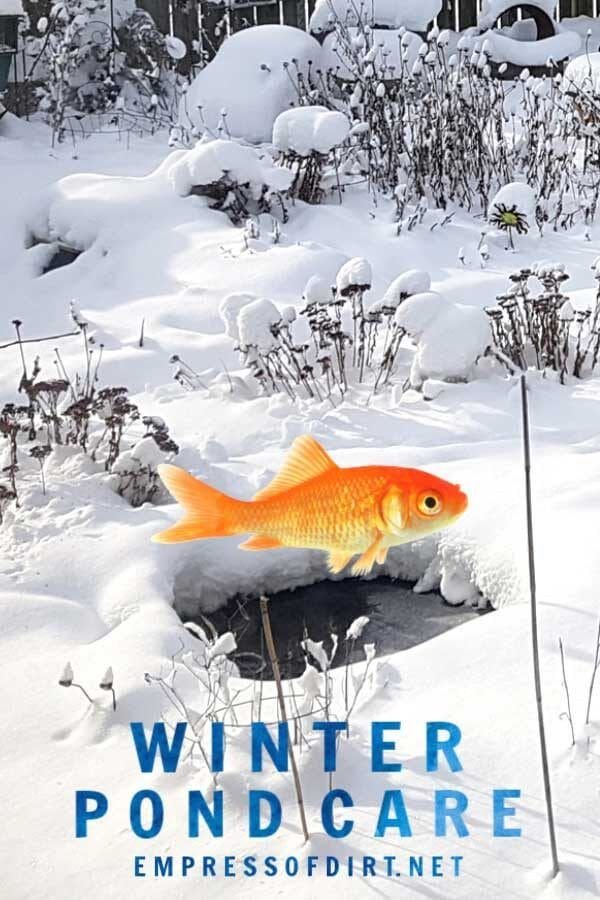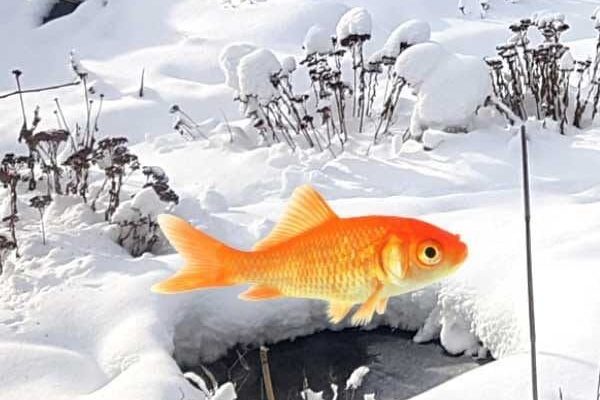
Think of your trout pond as a cozy little home for your fish. When winter arrives, there are certain precautions and practices you should follow to make sure they don’t just survive, but come out ready to flourish come spring. Here’s the thing: proper winterization can alleviate stress on the fish and make your pond easier to manage throughout the colder months. Let’s dive into some best practices that will help you keep your trout pond in top shape.
Assessing Your Pond’s Condition
Before winter fully sets in, it’s wise to assess the overall condition of your trout pond. This step is like checking the roof for leaks before the big storm. Look out for any overgrowth of algae or weeds, as these can decompose under the ice and create harmful gases that endanger your fish. If you notice a lot of debris, consider cleaning it up. It’s a good practice to clear out leftover leaves and organic matter since they can contribute to water quality issues.
Next, check the water quality. Trout thrive in clean, oxygen-rich water, so testing pH levels and oxygen content is crucial. Ideally, you want the pH between 6.5 and 8.5 for healthy trout. If your pond is low in oxygen, think about installing an aerator. This not only helps maintain the right levels but also keeps the water circulating, preventing it from freezing solid. Remember, freshly oxygenated water can be the difference between life and death when the temperatures drop.
Preparing Equipment and Aesthetics
Now that you’ve assessed your pond, it’s time to prepare your equipment. If you have any pumps or filters in place, remove them and store them properly. Just like you’d put away your garden hoses before the frost, this prevents damage from freezing conditions. Clean off any dirt and debris, and make sure everything is dry before storing.
Another thing to consider is how your pond looks—especially if it’s part of your backyard landscape. Adding decorative elements that can withstand winter conditions is a smart move. This might mean minimizing exposed rocks or adding stacked stone features that don’t disrupt the ice layer. You might even want to plant some hardy plants around the pond that can act like little guardians against the cold.
Managing Ice Cover
Once winter is in full swing, you’re likely going to see ice forming on the pond’s surface. While a thin layer of ice is normal, thick ice can be problematic. Here’s what you need to keep in mind: you want to prevent the entire surface from freezing over completely. Why? Because fish need oxygen, and a solid layer of ice can block air exchange.
If you notice ice forming, consider using a *de-icer* or a *floating heater*. These devices help create a small, open area in the ice, allowing oxygen to enter the water. It’s a simple yet effective way to keep your fish healthy. If you opt to let nature take its course, make sure to check the ice regularly for thickness and keep an eye on any signs of fish stress.
Monitoring Food and Feeding
During the winter, trout’s metabolism slows down, and they won’t eat as much. You might be wondering how to handle their feeding schedule. Honestly, it’s best to reduce the frequency and amount of food you provide. Think of it like your own winter diet—you might not need that hefty steak in the dead of winter! Feed your trout a high-quality, cold-water fish food that’s easy for them to digest.
Monitor how much food goes uneaten. If you find yourself tossing out more than the fish are eating, cut back even further. Leftover food can decay and pollute the water, leading to bigger problems down the line. It’s much better to keep feeding minimal and just enough to keep your fish comfortable and healthy.
Understanding Predator Control
While winter can be peaceful, it can also mean an influx of predators looking for easy meals. Birds like herons or even raccoons can see your pond as a buffet. A few simple precautions can keep your trout safe. First, consider installing a net over the pond. This can act as a barrier, keeping unwanted guests at bay without obstructing the beautiful winter scenery.
Another tip is to create hiding spots for your trout. Adding structures like rocks, logs, or plant bundles can provide cover and reduce fish stress. Just as you’d seek shelter during a storm, your fish will appreciate a safe space to retreat to when predators are around.
Planning for Spring
As winter starts to wane, it’s important to think ahead about how you’ll transition your trout pond into spring. This is like coming out of hibernation—there are a few steps to follow to make sure everything shifts smoothly. Begin by removing any protective measures you set up for winter, like nets or de-icers, once temperatures stabilize and the ice melts.
Also, start testing the water again as the weather warms. This helps you see what adjustments you may need to make, such as adding more aeration or balancing the pH. Other spring maintenance tasks include cleaning out debris that built up during the winter and checking your plants to see which ones made it and which ones didn’t.
Final Thoughts on Winterizing Your Trout Pond
Winterizing a trout pond may seem daunting, but it’s essential for maintaining a sustainable aquatic environment. By assessing your pond’s condition, managing ice cover, monitoring food, and securing against predators, you’re giving your trout the best chance to thrive during the cold months. Remember, proper preparation not only helps your fish survive but also sets the stage for a flourishing pond come springtime.
Every little effort you put into winterizing your trout pond will pay off when you see your fish swimming happily when the thaw happens. So grab a warm drink, relax, and enjoy the winter months knowing you’re doing your part to care for your aquatic friends!

